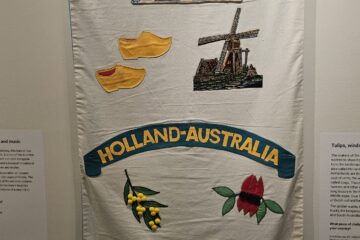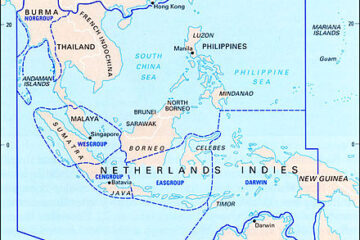Introduction to the publication (2011).
‘God made the world but the Dutch made Holland’ is an old saying referring to the way the Dutch shaped their nation by reclaiming land. It is with this same sense of determination that the Dutch applied themselves to the task of assimilating into the Australian way of life. So successful were they that they seem to have disappeared despite, at one stage, being South Australia’s third largest non-English-speaking migrant group. The Dutch became our ‘invisible immigrants’.
This report has been prepared to provide the Migration Museum with background research for an upcoming display. A showcase in the museum, currently devoted to the Italian Molinara Club and entitled ‘The ties that bind community groups’, will be turned over to a display about the Dutch Club in early 2012. Consequently, curators requested information about Dutch migration patterns, the formation of Dutch clubs in South Australia and, in particular, a history of the Dutch Club.
An invitation was extended to engage in discussion about the degree to which Dutch migrants have been able to maintain their culture and also about the future of community clubs in South Australia. Additionally, this report offers recommendations on artefacts that may be used in the Dutch Club display.
With a lack of push factors, the Netherlands does not have a strong history of emigration and there was no significant movement of Dutch people until after WWII.
At that time Dutch citizens began emigrating in response to economic and population pressures with encouragement from the Netherlands government. Dutch migration into Australia is comprehensively discussed in the seminal text by James Jupp The Australian People.
In addition, Nonja Peters has produced The Dutch Down Under which discusses the socio-economic and cultural impact of Dutch migrants.
In the post-war period, Australia was looking to increase its population and, in that time of the White Australia
and assimilation policies, the Dutch were seen as ‘very desirable migrants’.4\
The various migration agreements signed between Australia and the Netherlands have been detailed by Overberg.
Australia accepted some 125,000 Dutch nationals in the post-war period. After WWII some 10,000 refugees arrived from the NEI and Westerbeek-Veld’s thesis on this ‘diaspora of decolonisation’ documents this important movement of people and explains their unique set of circumstances.


